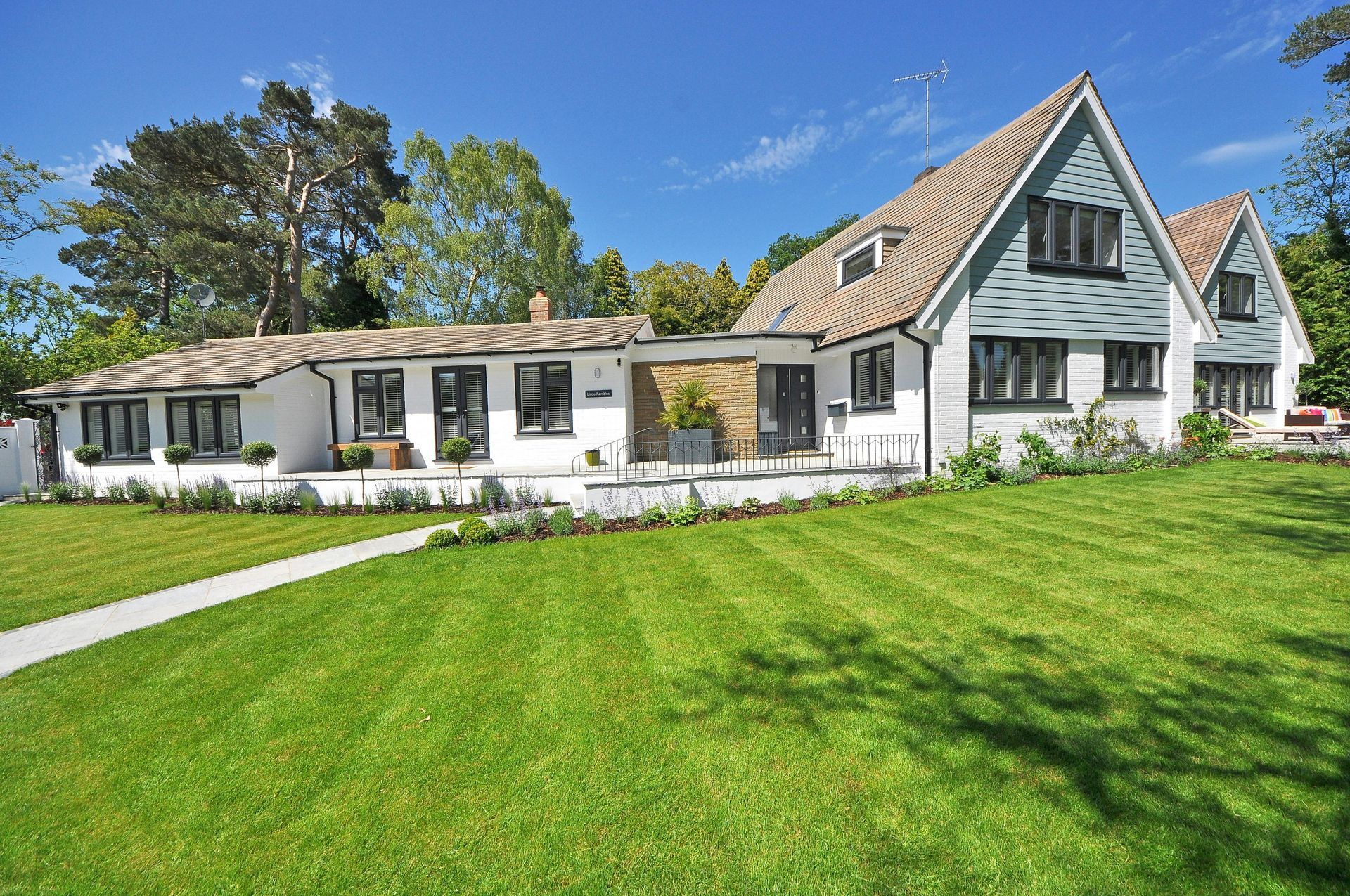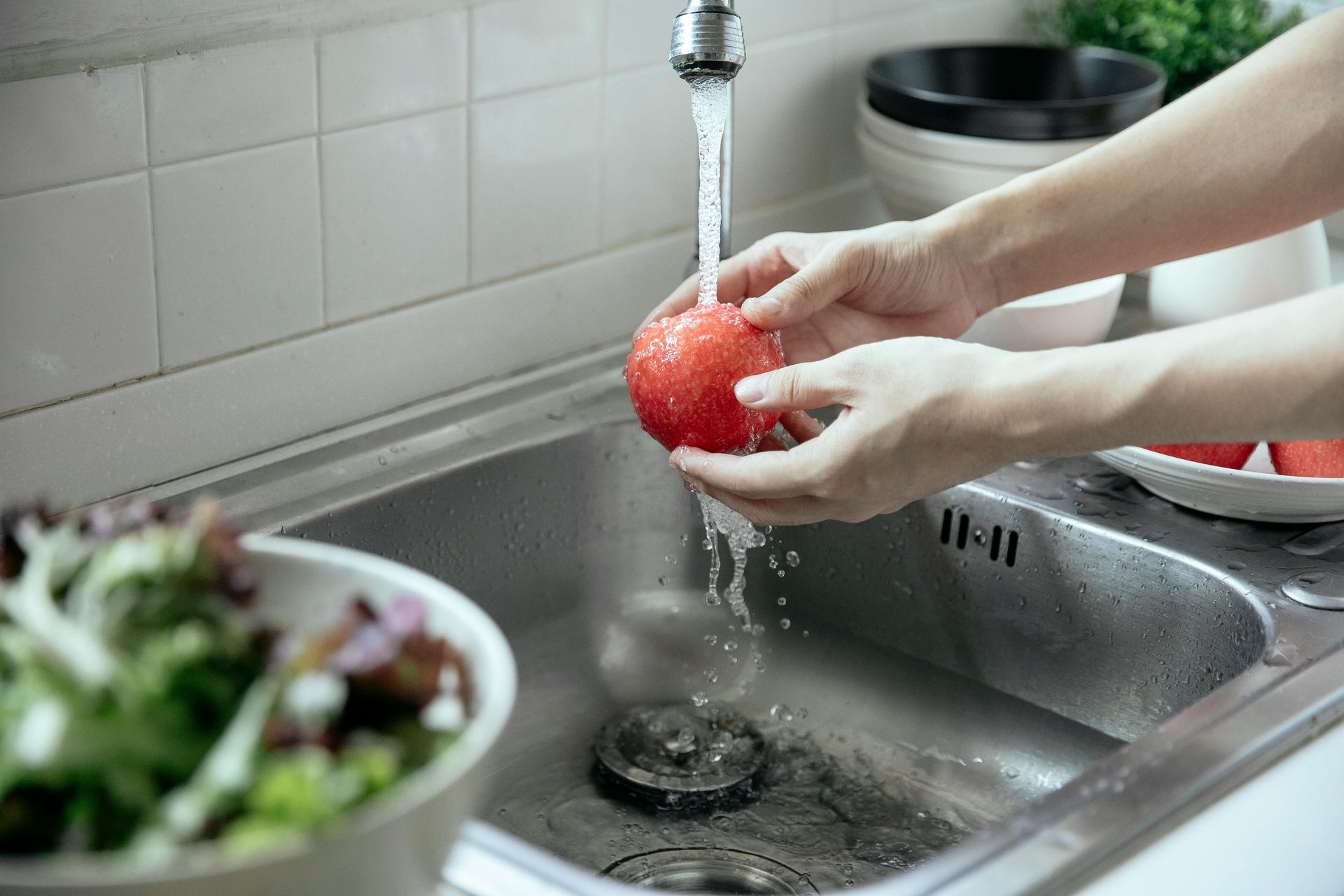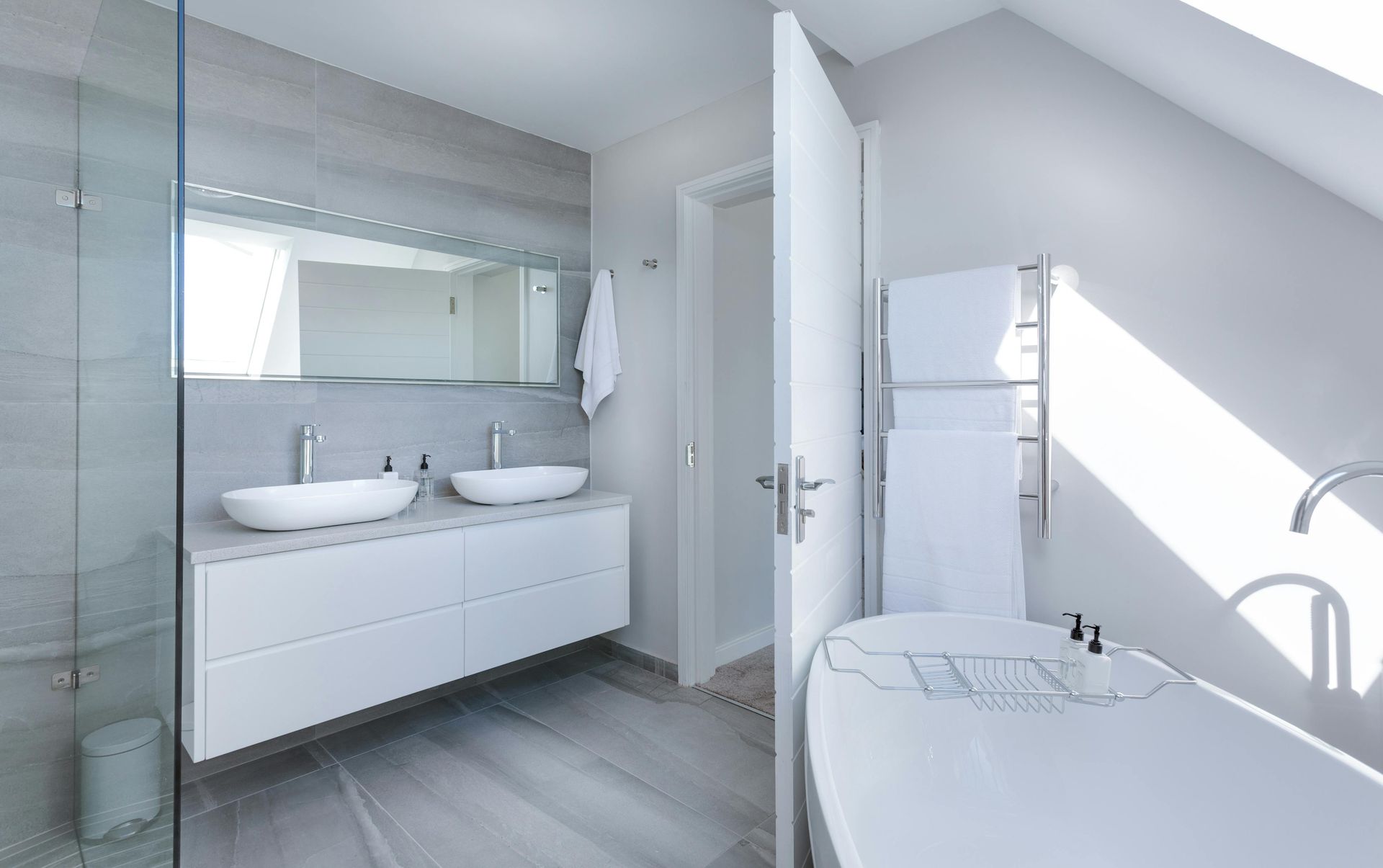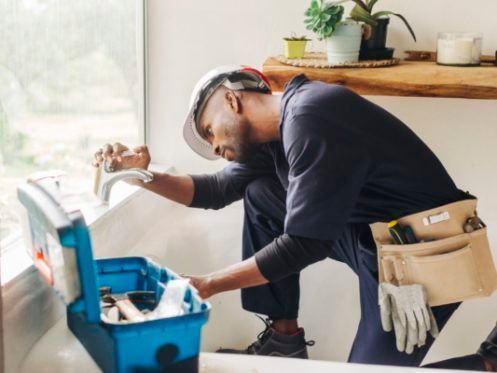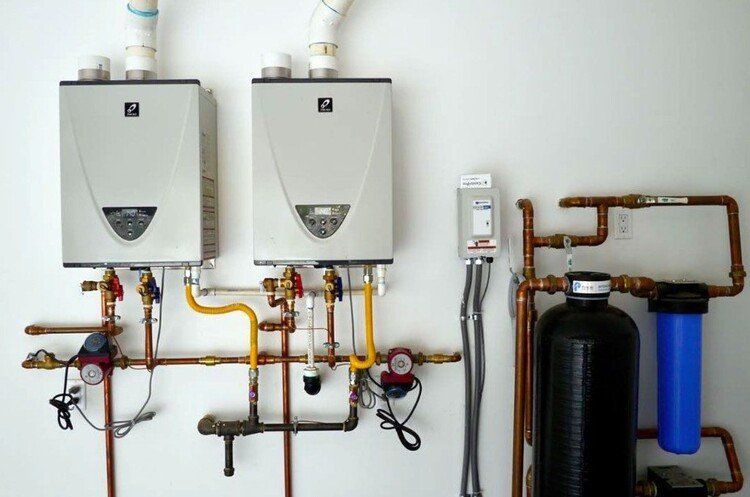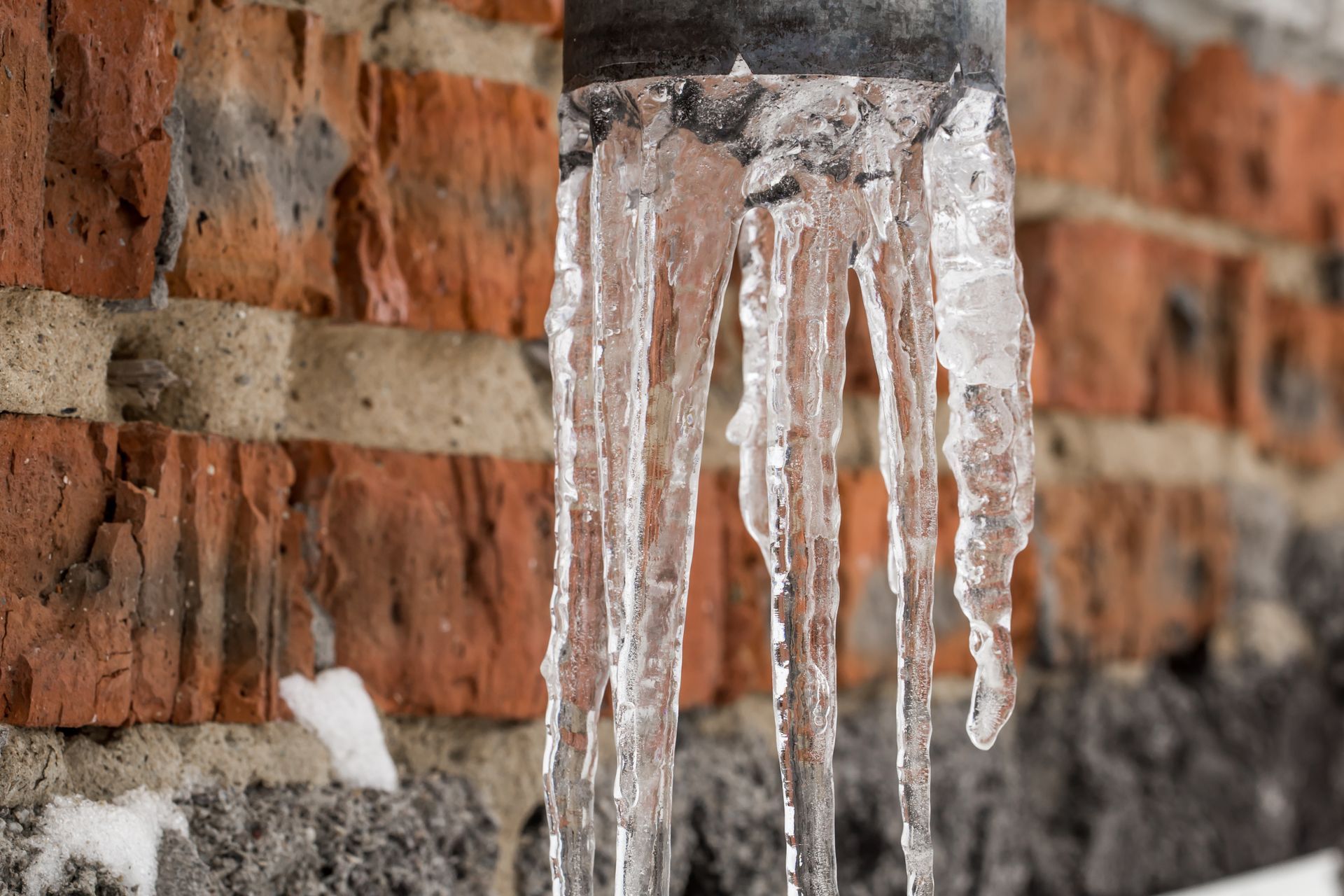What Causes Low Water Pressure & How To Fix It?
Low water pressure in home plumbing can cause daily inconveniences, from weak showers to slow-filling tubs and inefficient appliance operation. This problem stems from various causes that restrict water flow through supply pipes and fixtures. Identifying the root cause and applying targeted solutions can restore consistent, adequate water pressure, enhancing comfort and functionality. Professional plumbing services like All City Plumbers play a critical role in diagnosing complex issues, offering solutions such as waterline repair and replacement for durable results.
Common Causes of Low Water Pressure
One major contributor to low water pressure is clogged or corroded pipes, especially in older homes with galvanized or steel plumbing. Over time, minerals, rust, and debris accumulate inside pipes, narrowing the water pathway and severely restricting flow. Faulty or clogged pressure regulators can also reduce pressure by limiting incoming water flow from the main supply line. Leaks within the plumbing system divert water before it reaches fixtures, lowering pressure as well. High water demand during peak usage times, improper pipe sizing, and aging fixtures add to the problem, gradually reducing system performance.
Diagnosing Low Water Pressure Problems
To diagnose low water pressure, homeowners can test pressure using a gauge at an outdoor faucet or the main water line entry point. Localized low pressure in single fixtures suggests clogging or valve issues, while whole-house low pressure points to systemic problems such as main line leaks or faulty regulators. Regular professional inspections are essential to accurately detect damaging corroded pipes or hidden leaks. Early detection prevents further deterioration and helps strategize timely interventions.
Effective Solutions and Plumbing Repairs
Addressing low water pressure involves various repair and maintenance measures. Pipe cleaning or replacement is often necessary for corrosion and clogs, with waterline repair and replacement restoring optimal flow. Adjusting or replacing faulty pressure regulators stabilizes water flow, while fixing leaks eliminates water losses causing pressure drops. Installing water booster pumps improves pressure for homes with high elevation or distant water sources. Upgrading outdated fixtures to modern designs also supports better water flow and conservation.
Preventive Measures for Peak Usage Periods
Preventing low water pressure during high demand periods like festive meals is vital to ensure uninterrupted plumbing performance. Homeowners should prevent clogs and leaks during festive meals by disposing of grease and food waste properly, scheduling appliance use to avoid simultaneous heavy demand, and performing routine plumbing maintenance. Professional plumbing maintenance plans from trusted providers like All City Plumbers ensure the system remains clean, well-inspected, and ready for peak usage stresses. These steps help limit emergency repairs and enhance water pressure reliability year-round.
Conclusion: Restoring and Maintaining Healthy Water Pressure
Low water pressure affects household comfort and efficiency but can be effectively managed through understanding causes, timely repairs, and preventative care. Collaboration with skilled plumbing professionals for waterline repair and replacement and preventive programs strengthens the plumbing system’s resilience. Homeowners who stay vigilant in maintaining their plumbing enjoy consistent water flow, reduced service disruptions, and improved overall home satisfaction.

